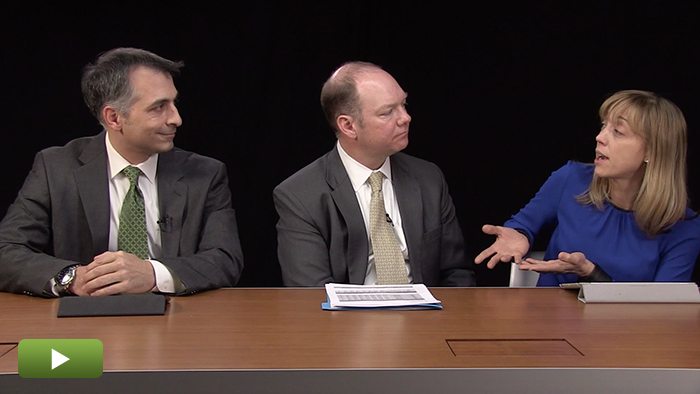Making Co-investment Work

The popularity of co-investment—investing alongside managers rather than in their funds—is soaring. LPs want in on the action. One reason is the availability of low-fee and no-fee structures. Another is the chance for LPs to get better control of investments. But with reward comes risk.
Privcap
It seems every LP in the world wants to co-invest alongside GPs. Why?
Michael Elio, Partner, StepStone Group
Surprisingly, lower fees are not the primary driver. There are lower net fees in the long run, but LPs are looking to boost performance and get more control of where their dollars are spent. It’s been difficult for them over the last few years to get all the allocation they need from some of the top-tier managers. Co-investment is a way to control more money.
Privcap
Kevin, Siguler Guff has a fund of funds, but you also invest alongside your own GPs as well as other GPs. How has that worked out?
Kevin Kester, managing director, Siguler Guff
We co-invest up to 30 or 40 percent of a typical fund. The reason is selection. We believe we can pick very good opportunities on a deal-by-deal basis. We have the resources and the talent, and we believe we can identify better risk-reward opportunities. But we see a tremendous amount of deal flow, and to put together a successful co-investment program, you have to see a lot of opportunities.
Privcap
Your co-investment portfolio has generated an IRR of 27.1 percent. Is that better than your fund IRR?
Kester
It is. We’ve added a significant amount of alpha through our co-investment activities.
Privcap
Andrea, how does Cambridge track co-investment?
Andrea Auerbach, managing director and Head of U.S. Private Equity Research, Cambridge Associates
There are over 40 co-investment topic vehicles we use to track co-investment as part of our benchmarking. So we’re aware of how discrete co-investment vehicles are performing. And the trend of fund of funds pursuing 30 to 40 percent exposure in co-investment gives us another way to peel out performance. But the best benchmark is against the performance of private equity investments on a calendar-year basis.
Privcap
So we know the benefits of co-investment if things go right. What are some things that can go wrong?
Elio
Selection and execution. When you choose a co-investment program, you’re building a portfolio on your own. That’s a new skill set. And execution—if the GP calls, you need to be there with the money. Kevin mentioned that Siguler Guff can do everything from A to Z. But most LPs, their process stops around P. In that kind of environment, you need to make sure the execution happens.
Kester
The risk is in not having a plan, not understanding what you’re investing in. We spend a lot of time with GPs to understand the diligence they’ve done, but we come to our own decision about risk and reward. And if you can’t do that, you probably shouldn’t be co-investing, because you’re going to have a deal blow up—it’s just the law of numbers—and that’s going to be a zero on a line item in your portfolio. It’s no longer a zero inside a fund that no one ever sees. And if you can’t defend it and explain why you made the decision, what went wrong, and what was done to salvage the investment, you’re going to get shut down. People will stop investing with you.
Auerbach
There’s program risk, process risk, and resource risk. If I don’t specify exactly what we all agreed we were going to do, then the powers that be may not like the volatility of my results, and then my program is at risk. Process risk is: Do you have it set up so you can rapidly address the opportunity, maintain your guidelines, and complete and execute an investment? And then, resource risk: There are a lot of institutional investors who are armies of one or two, and a lot of their co-investments are fire drills. You may get that last call and not have enough of a window to assess all the risks. And lastly, there’s relationship risk: If I keep politely declining or if I’m not being responsive, I may not get the widest funnel of opportunity—and that may have adverse effects on my program’s performance.
The popularity of co-investment—investing alongside managers rather than in their funds—is soaring. LPs want in on the action. One reason is the availability of low-fee and no-fee structures. Another is the chance for LPs to get better control of investments. But with reward comes risk.
Register now to read this article and access all content.
It's FREE!
Privcap Email Updates
Subscribe to receive email notifications whenever new talks are published.

